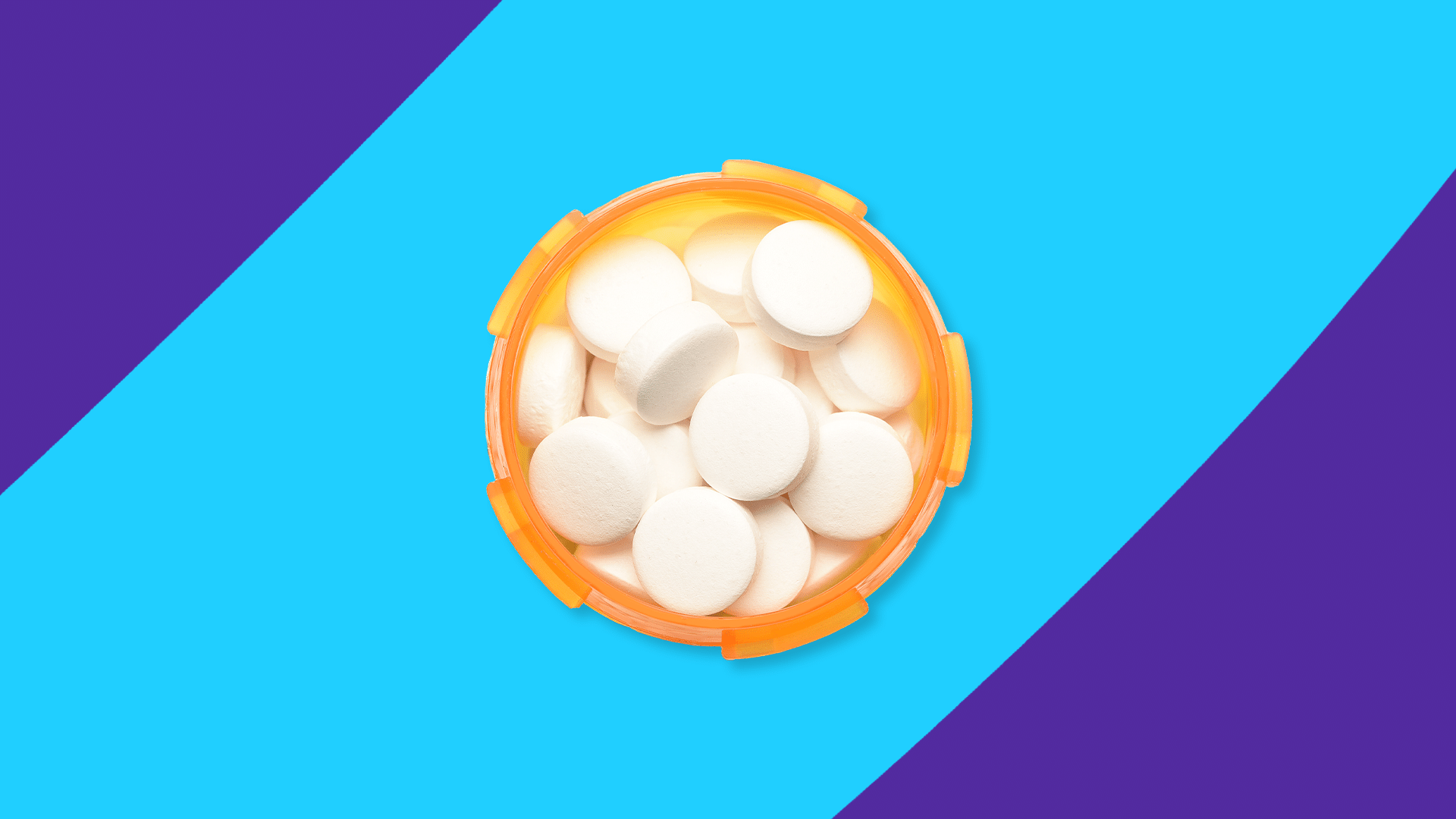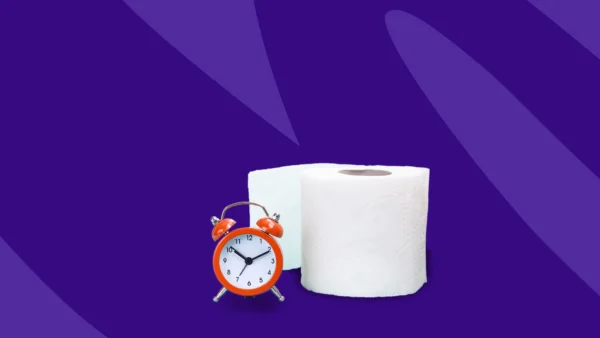Is spironolactone covered by insurance | How much does spironolactone cost without insurance? | How to get spironolactone without insurance
Spironolactone is a generic prescription diuretic that is FDA approved to treat congestive heart failure, high blood pressure (hypertension), fluid retention, and hyperaldosteronism, a medical condition in which the body produces too much of the hormone aldosterone. As a potassium-sparing diuretic, spironolactone increases the body’s elimination of fluids and electrolytes through the urine but does not decrease potassium.
Spironolactone oral tablets are usually taken once or twice per day, but doses can vary depending on the condition being treated and its severity. Generic spironolactone is inexpensive, but it can be prescribed as Aldactone or CaroSpir, more costly brand-name versions.
RELATED: Spironolactone side effects
Is spironolactone covered by insurance?
Generic spironolactone is covered by most commercial health insurance plans, Medicare plans, Medicaid, VA, and TriCare, usually in the lowest-cost tier.
How much does spironolactone cost without insurance?
Spironolactone is an inexpensive generic drug. Its retail price averages $17.66 for a 30-day supply. Health insurance can cut that cost substantially, but the actual out-of-pocket cost will depend on the plan’s formulary, deductible, and copay cost. A SingleCare savings card can cut that price to as low as $1.49 per month.
If spironolactone is too expensive, or if a person is at risk for high potassium levels, a healthcare professional may prescribe a thiazide diuretic or loop diuretic depending on the medical condition. Other types of diuretics work differently than spironolactone and can cause low potassium levels in the blood. Having potassium levels that are too low or too high are both potentially serious side effects. A healthcare provider will help determine what type of diuretic is appropriate based on the medical condition being treated.
There are no over-the-counter drugs or supplements that can effectively substitute for prescription spironolactone.
Compare spironolactone prices to related drugs |
|||
|---|---|---|---|
| Drug name | Price without insurance for brand name drug | SingleCare price | Savings options |
| Potassium-sparing diuretics | |||
| Aldactone (spironolactone) | $178 per 30, 25 mg tablets |
$1.50 per 30, 25 mg tablets for generic spironolactone |
See updated prices |
| Amiloride | $28 per 30, 5 mg tablets |
$0.62 per 30, 5 mg tablets for generic amiloride |
See updated prices |
| Other generic diuretics | |||
| Lasix (furosemide) | $17 per 30, 20 mg tablets |
$0.25 per 30, 20 mg tablets for generic furosemide |
See updated prices |
| Hydrochlorothiazide | $22 per 30, 25 mg tablets |
$0.25 per 30, 25 mg tablets for generic hydrochlorothiazide |
See updated prices |
Prescription drug prices often change. These are the most accurate medication prices at the time of publishing. The listed price without insurance references the price of brand-name drugs. The listed SingleCare price references the price of generic drugs if available. Click the link under “Savings options” to see updated drug prices.
How to get spironolactone without insurance
Although spironolactone is an inexpensive generic medication, paying for even low-priced prescription drugs each and every month can be difficult. Here are some ways to save even more on low-priced prescription medications like spironolactone.
1. Get discounted spironolactone with a SingleCare savings card
A free coupon from SingleCare can reduce the cash price of a 30-day supply of spironolactone to as little as $1.49. Taking advantage of a SingleCare spironolactone discount month after month could reduce the cost to only $18 per year. Just download or print a SingleCare discount coupon or card.
2. Ask the prescriber for a 90-day prescription
Patients can save on many generic prescription drugs like spironolactone by filling a 90-day prescription rather than three 30-day prescriptions. That’s because the pharmacy’s markup is lower per tablet of spironolactone for the 90-day prescription. Spironolactone is typically prescribed for the long term, so a prescribing healthcare provider may be willing to write a longer-term prescription.
3. Compare pharmacy prices
Even for low-cost generic prescription drugs, prices can vary dramatically between pharmacies. For spironolactone, shopping for the best price could save you money each month. Compare prices at local pharmacies, or consider big box stores or grocery chains with pharmacies.
4. Explore community health resources
Your city, county, or community may have health resources that can help you get generic drugs like spironolactone free or at very little cost. The best place to start is your city or county health department. They can help you find community health clinics, low-cost health insurance, or other resources that can help with drug and medical expenses.
5. Enroll in Medicaid
If a discount price using a SingleCare savings card is still too hard to manage month after month, Medicaid may be your best option. Medicaid is a low-cost government health insurance program that can provide medications like spironolactone at no cost for eligible patients. Go to your state’s Medicaid website to find out the eligibility requirements and how to enroll.
6. Ask the prescriber about other generic diuretics
Spironolactone is a low-priced drug, but there are other diuretics that are even less expensive. Combined with a SingleCare discount card, they can cost less than one dollar per prescription fill. For example, a 30-day prescription of hydrochlorothiazide or furosemide can be as cheap as 25¢ for a 30-day prescription. That’s less than a penny per pill. Not all diuretics can be substituted for one another, so ask the prescriber for advice based on your medical condition.











